A Horseshoe Crab is a crab-like creature in the Limulidae family. They have rounded bodies, which have a horseshoe-like shape when viewed from their undersides. People commonly use these creatures as a food source, as fertilizer, bait, and even in scientific research. Read on to learn about the Horseshoe Crab.
Description of the Horseshoe Crab
The four different species in this group have similar appearances. Researchers divide their segmented bodies into three parts, the prosoma, opisthosoma, and telson.
The prosoma, which has a horseshoe-like shape, contains the legs and mouth. The opisthosoma fits to the prosoma, and contains the book gills. Finally, the long telson, or tail, sticks out rigidly behind the animal.
Interesting Facts About the Horseshoe Crab
These creatures have a wide variety of unique traits and adaptations. Learn more about them, below.
- Not a Crab! – Despite their misleading name, these creatures do not share any close relatives with crabs. Surprisingly, they share more genetics with spiders than they do with crabs! Researchers place them in the subphylum Chelicerata, along with the spiders, scorpions, sea spiders, and extinct trilobites.
- Ancient Ancestors – Scientists consider this species a “living fossil.” This means that they have survived unchanged for millions of years, about 450 million to be exact! Archaeologists have discovered fossils of these creatures dating back to 450 million years ago.
- Exquisite Eyes – Though they do not look particularly complex, the eyes of this creature have some amazing features. They have several different pairs of eyes on different parts of their bodies. Though they do not have superb eyesight, they can detect both visible and ultraviolet light.
- LAL – LAL, or Limulus Amebocyte Lysate, plays an important part – bacteria detection – and researchers extract it from Horseshoe Crab Scientists use it to detect bacterial contamination of drugs and equipment that come in contact with blood.
Habitat of the Horseshoe Crab
All of the different species live in shallow habitats. They prefer soft substrates like sand or mud. Some of the different types of habitats that they occupy include mangroves, lagoons, sandy beaches, seagrass beds, intertidal zones, estuaries, and other coastal habitats. Different populations prefer different water temperatures.
Distribution of the Horseshoe Crab
Each species has its own unique distribution. The mangrove species lives along the coasts of southern Asia. The American or Atlantic species ranges along the eastern coast of North America. Both the Indonesian and Chinese species live in Asian Pacific coastal seas, along the coasts of their respective namesakes.
Diet of the Horseshoe Crab
Each species has its own unique diet based on what foods it can readily find within its distribution. They move along the bottom in search of small invertebrates, like worms, and use their legs to quickly snatch up anything edible. They also feed on algae.
Horseshoe Crab and Human Interaction
Humans utilize these creatures in a number of ways. People in Asia use them as a food source, and globally across their range humans capture them for use as bait. In some areas, people also use them as fertilizer. Researchers also use them in biomedicine to test medicines for bacterial contamination.
Utilization for human consumption and use has driven the decline of populations of many species. The IUCN lists the mangrove and Indonesian species as Data Deficient, the American species as Vulnerable, and the Chinese species as Endangered.
Domestication
Humans have not domesticated these creatures in any way.
Does the Horseshoe Crab Make a Good Pet
Some people keep these creatures in saltwater aquariums. However, adults reach quite large sizes, so if you purchase individuals while they are young and small you should have larger tanks to graduate them into.
Horseshoe Crab Care
Many different aquariums keep these animals in their collections, particularly in touch tanks. They are peaceful, harmless creatures, which makes them great for teaching the public about them using hands-on techniques.
Aquarists keep them in shallow tanks that vary in size based on the age of the “crabs.” They feed them small fish, worms, shellfish, and crustaceans.
Behavior of the Horseshoe Crab
Different species exhibit different types of behavior. Most spend their time foraging in shallow habitats. They congregate in massive numbers when it comes time to spawn. Hundreds of individuals migrate in with the tide, triggered by temperature changes.
Reproduction of the Horseshoe Crab
While spawning, the females release their eggs and the males fertilize them outside of the body. The female lays her eggs on the beach at high tide, usually several inches beneath the sand. Larger females can lay tens to hundreds of thousands of eggs.
After about two weeks, the eggs hatch and the larva emerge. The larva shed their skin, or molt, several times per year for the first few years of life.

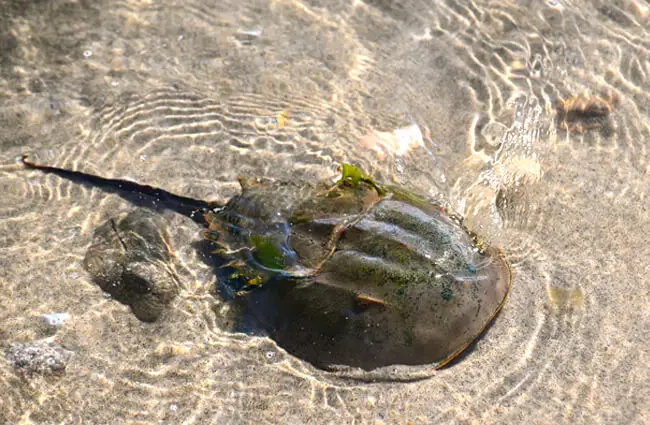
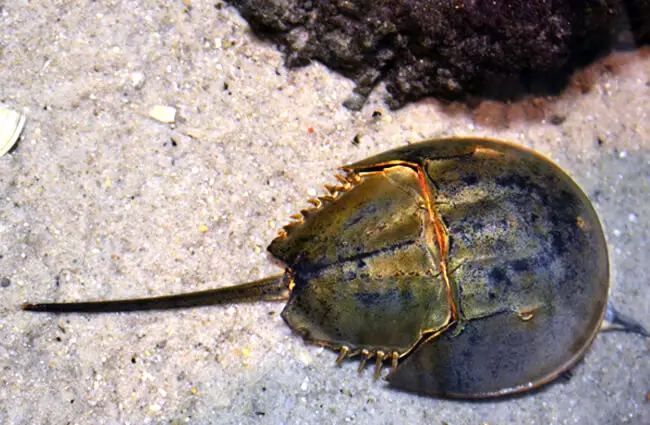

![Horseshoe Crabs, in the surf at Mispillion Harbor, Delaware Horseshoe Crab Photo by: Gregory Breese, U.S. Fish and Wildlife Service Northeast Region [public domain] https://creativecommons.org/licenses/by-nd/2.0/](https://animals.net/wp-content/uploads/2020/01/Horseshoe-Crab-3-650x425.jpg)
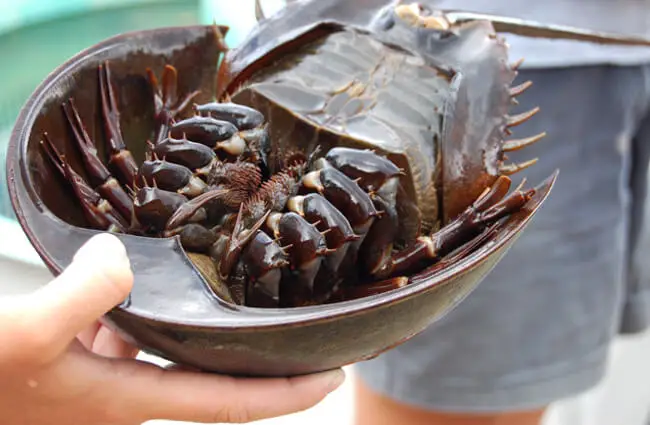


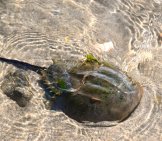
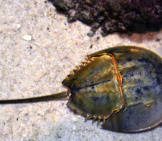
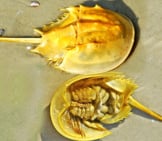
![Horseshoe Crabs, in the surf at Mispillion Harbor, Delaware Horseshoe Crab Photo By: Gregory Breese, U.s. Fish And Wildlife Service Northeast Region [Public Domain] Https://Creativecommons.org/Licenses/By-Nd/2.0/](https://animals.net/wp-content/uploads/2020/01/Horseshoe-Crab-3-162x141.jpg)
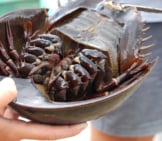

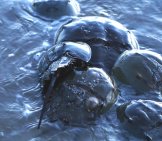
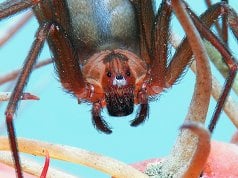
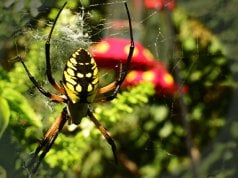

![Red Angus Closeup of a beautiful Red Angus cowPhoto by: U.S. Department of Agriculture [pubic domain]https://creativecommons.org/licenses/by/2.0/](https://animals.net/wp-content/uploads/2020/03/Red-Angus-4-100x75.jpg)

